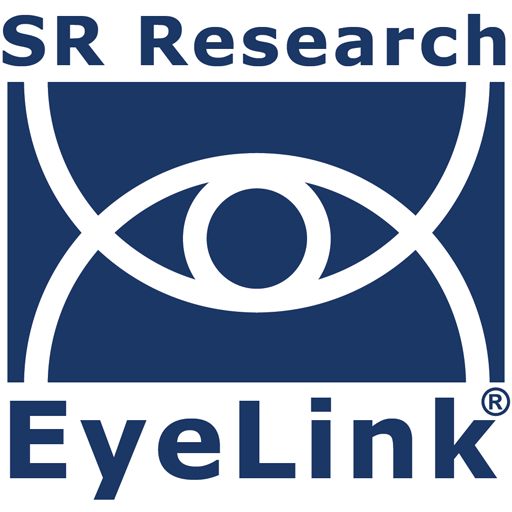
Eye tracking offers a powerful and non-invasive window into the cognitive and neural processes that change across the lifespan. In aging research, eye-tracking technology has provided invaluable insights into how older adults perceive, attend to, and remember information. By precisely measuring eye movements, researchers can uncover subtle changes in cognitive functions that may not be apparent through traditional behavioral measures alone. Eye tracking allows for a more nuanced understanding of the aging mind, and can help to differentiate between normal age-related changes and the early signs of neurodegenerative diseases.
Benefits of EyeLink Eye Trackers for Aging Research
EyeLink eye trackers provide the gold standard in accuracy, precision, and reliability for researchers interested in exploring the consequences of aging. The versatile EyeLink 1000 Plus is a lab-based system, while the EyeLink Portable Duo allows researchers to generate the same high-quality gaze and pupil size data in and out of the lab. Both systems can be integrated easily with other biometric recording devices, including EEG, TMS and fNIRs. The EyeLink 1000 Plus also works in MRI and MEG scanners. The recently developed EyeLink 3 allows researchers to explore how head and eye movements combine during common cognitive tasks such as visual search and free viewing. The exceptional accuracy, precision, and high sampling rates of all EyeLink systems help researchers to detect the often subtle differences in performance present in aging populations. EyeLink systems are used to investigate a wide range of topics in aging psychology research, including:
- Cognitive Decline and Dementia: Researchers use eye trackers to identify early biomarkers of cognitive decline and dementia by analyzing patterns of eye movements during various cognitive tasks.
- Memory and Recognition: Eye-tracking data reveals how older adults’ memory retrieval and recognition processes differ from those of younger adults, offering clues into the mechanisms of age-related memory changes.
- Attention and Inhibitory Control: By measuring saccadic eye movements, researchers can assess changes in attentional allocation and inhibitory control, which are fundamental cognitive processes affected by aging.
- Reading and Language Comprehension: Eye-tracking studies on reading provide insights into how older adults process written language, including their reading speed and comprehension strategies.
- Social Cognition and Emotion: Researchers investigate how aging affects the ability to recognize emotions and social cues by tracking eye movements as older adults view faces and social scenes.
- Visual Search and Scene Perception: Eye tracking helps researchers understand how older adults explore their visual environment and search for objects, which has implications for everyday activities like driving.
- Neurological Disorders: Eye movement abnormalities can be indicative of age-related neurological disorders such as Parkinson’s disease and Alzheimer’s disease, and eye trackers are essential tools for this line of research.
Case Study Examples of EyeLink Eye Trackers in Aging Research
Powerful Eye Tracking Software Solutions
EyeLink eye trackers seamlessly integrate with a suite of powerful software tools from SR Research, including Experiment Builder, WebLink, and Data Viewer. Experiment Builder offers a user-friendly graphical interface for creating complex experiments, while WebLink allows gaze to be tracked while participants interact with websites, computer software or even tablets and mobile phones. Data Viewer provides a comprehensive platform for analyzing, visualizing and reporting eye-tracking data. EyeLink systems also offer seamless compatibility with popular third-party stimulus presentation software, including PsychoPy, E-Prime, MATLAB with Psychtoolbox, and Presentation, ensuring maximum flexibility for any research design.
With their unparalleled accuracy, flexibility, and powerful software solutions, EyeLink eye trackers are the perfect choice for researchers dedicated to advancing our understanding of the aging mind.
For more information on how SR Research products can help your research, please contact us. We are always happy to help! To see more peer-reviewed research with EyeLink eye trackers, see our list of over 13,000 publications or our sample of case studies.



